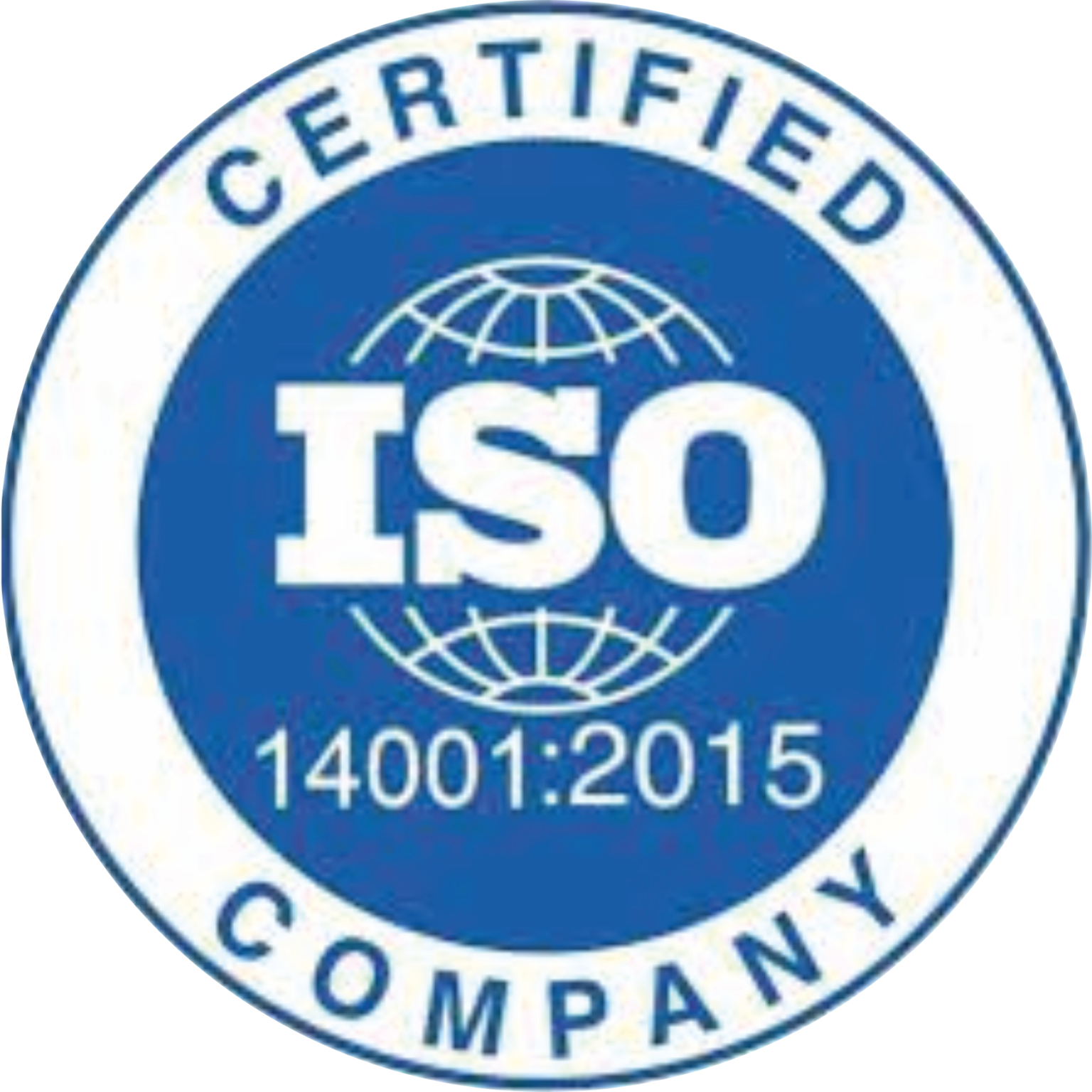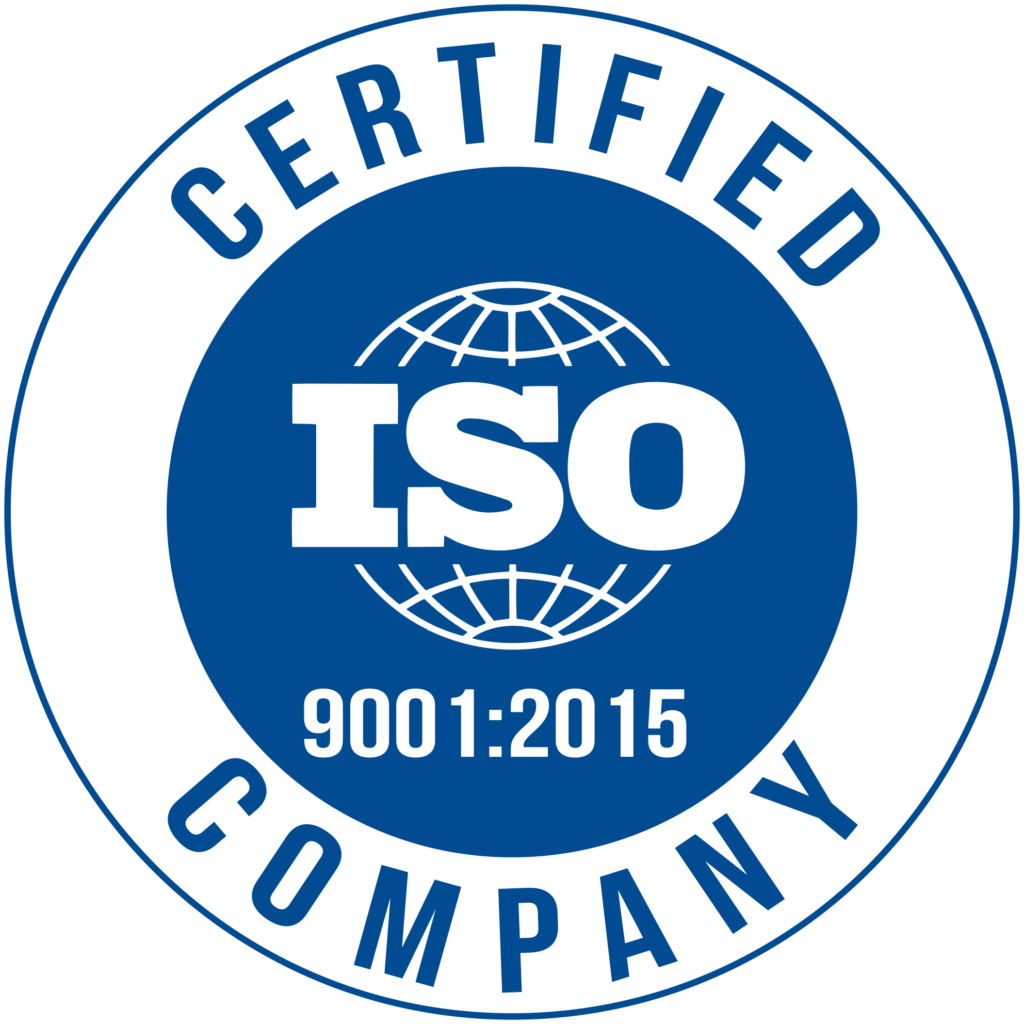Structured Packing in Chemical Engineering: A Complete Guide
This guide explores everything you need to know about structured packing, including types, design considerations, applications, and how to choose reliable structured packing manufacturers.
In chemical engineering, separation processes like distillation, absorption, and stripping are critical to product quality and operational efficiency. One technology that has revolutionized these processes is structured packing. Designed to improve mass transfer, reduce pressure drop, and enhance separation efficiency, structured packing in distillation column systems has become a preferred choice over traditional random packing.
What is Structured Packing?
Structured packing refers to pre-engineered, geometrically arranged packing materials used inside columns to enhance contact between liquid and vapor phases. Unlike random packing, which is haphazardly loaded, structured packing is carefully arranged to maximize surface area, improve liquid distribution, and minimize pressure drop.
These packing materials are widely used in distillation columns, absorption towers, and chemical reactors, offering higher efficiency and lower operational costs. Structured packing can be manufactured from metals, ceramics, or plastics depending on process conditions.
Structured Packing in Distillation Column
In a distillation column, structured packing provides a continuous contact area for vapor and liquid. As the vapor rises through the column and the liquid flows downward, the packing ensures uniform distribution and promotes effective mass transfer.
The benefits of using structured packing in distillation columns include:
- Improved separation efficiency for complex mixtures
- Reduced pressure drop compared to random packing
- Higher capacity for vapor and liquid flow
- Enhanced operational flexibility
Structured Packing Column Design
Designing a structured packing column involves several key considerations:
- Column Diameter and Height – Proper sizing ensures the vapor and liquid interact efficiently without flooding or dry spots.
- Material Selection – Depending on temperature, corrosion, and chemical compatibility, packing can be made from stainless steel, ceramics, or plastics.
- Packing Geometry and Size – Different structured packing types (corrugated sheets, grids, wire mesh) affect surface area, pressure drop, and efficiency.
- Flow Rates – Optimizing liquid and vapor flow is critical to prevent channeling and maintain consistent separation performance.
By carefully designing the column and selecting the right packing, engineers can maximize mass transfer and energy efficiency.
Structured Packing vs Random Packing
A common point of discussion in chemical engineering is structured packing vs random packing. Here’s a quick comparison:
Feature | Structured Packing | Random Packing |
Arrangement | Pre-engineered, systematic | Haphazardly loaded |
Surface Area | High and uniform | Moderate, uneven |
Pressure Drop | Low | High |
Separation Efficiency | High | Moderate |
Operational Flexibility | Excellent | Limited |
Structured packing is ideal for high-efficiency separation and processes where low pressure drop is critical, whereas random packing is still used in simpler, low-cost applications.
Types of Structured Packing
There are several structured packing types, each designed for specific process requirements:
- Metallic Structured Packing – Stainless steel or other metals for high-temperature and corrosive environments.
- Ceramic Structured Packing – Excellent chemical resistance, often used in acid gas absorption and other chemical processes.
- Plastic Structured Packing – Lightweight and corrosion-resistant, suitable for low-temperature applications.
- Wire Mesh Packing – Fine mesh structure, ideal for vacuum distillation or high-efficiency gas-liquid contact.
Choosing the right type ensures optimal performance for your specific process.
Applications of Structured Packing
Structured packing is extensively used across industries:
- Chemical Industry – Distillation, absorption, and stripping operations.
- Petrochemical Industry – Fractionation and refining processes.
- Environmental Applications – Gas scrubbing, wastewater treatment, and emission control.
- Pharmaceutical Industry – Purification and separation of chemical compounds.
By using structured packing, industries improve separation efficiency, reduce energy consumption, and maintain consistent product quality.
Choosing Structured Packing Manufacturers
Selecting reliable structured packing manufacturers is critical for ensuring quality, durability, and process efficiency. When evaluating a manufacturer, consider:
- Material quality and industry standards compliance
- Customization options for column dimensions and process conditions
- Proven track record in industrial applications
- Technical support for installation and maintenance
Partnering with experienced manufacturers ensures high-performance structured packing that meets your operational needs.
Structured packing is a cornerstone of efficient chemical engineering processes. With its superior mass transfer, low pressure drop, and wide range of material and design options, it outperforms traditional random packing in most industrial applications. Understanding structured packing column design, types, and applications allows engineers to optimize distillation and separation systems for maximum efficiency.
For high-quality structured packing solutions and expert guidance, explore a trusted partner among structured packing manufacturers in India.
FAQ'S
Structured packing is used to improve mass transfer and separation efficiency in distillation, absorption, and stripping columns.

Need Help?
We're Here for You!
Got a question or need assistance? Our team is ready to help you every step of the way. Reach out to us, and we’ll get back to you as soon as possible!





